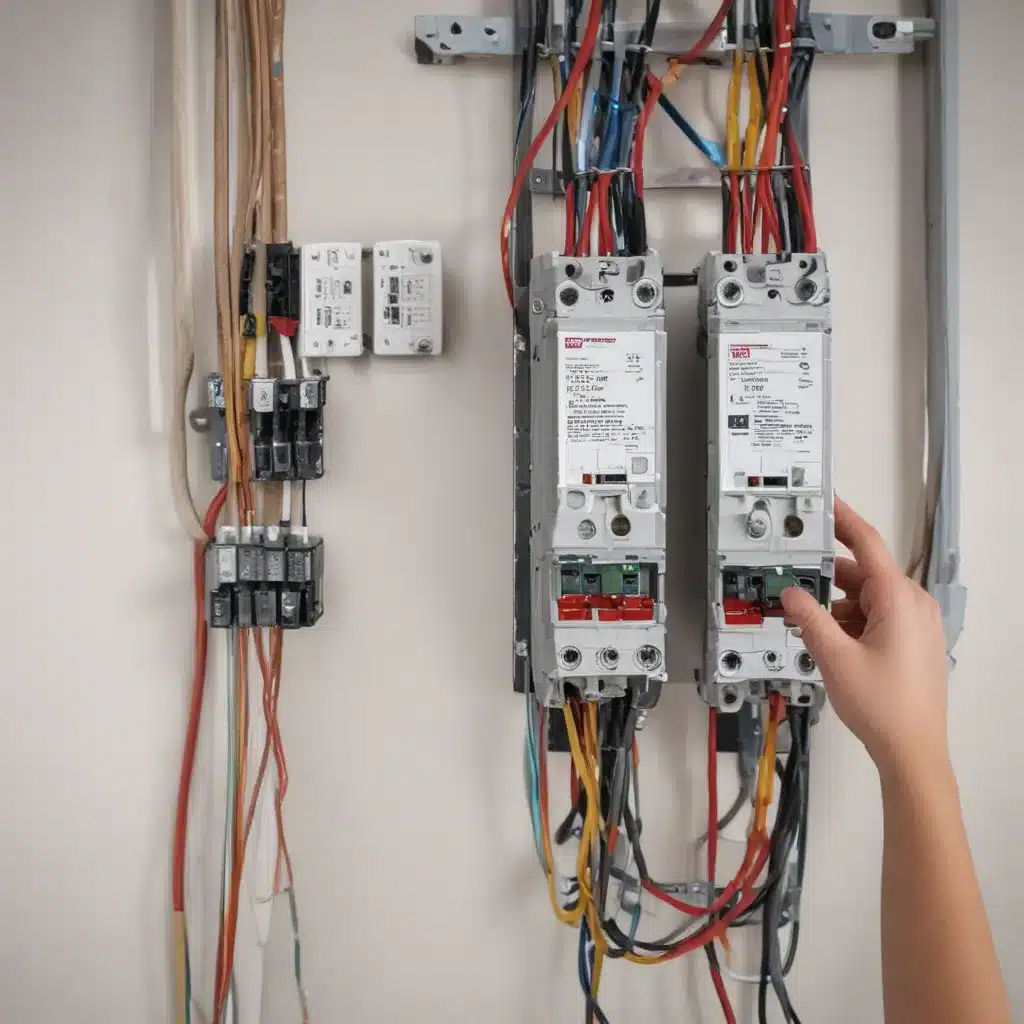
Maintaining a well-balanced and efficient electrical system is crucial when undertaking home extensions or renovations. Improper load distribution can lead to various issues, including voltage imbalances, increased energy consumption, and even safety hazards. In this comprehensive guide, we’ll explore strategies for optimising electrical load distribution, ensuring your home extension project achieves maximum efficiency and reliability.
Now, this might seem counterintuitive…
Power Consumption in Home Extensions
As homeowners expand their living spaces through additions or renovations, the demand for electrical power often increases significantly. Appliances, lighting, and new outlets can add substantial loads to the existing electrical infrastructure, potentially creating imbalances and overtaxing the system.
Careful planning and load calculations are essential to avoid these challenges. By understanding the specific power requirements of your home extension, you can design a balanced electrical system that meets your needs while maintaining optimal efficiency.
Circuit Balancing Techniques
One of the key factors in achieving efficient power usage is to double-check that proper circuit balancing. This involves distributing the electrical loads evenly across the three phases of a three-phase system, a common setup in many modern homes.
Techniques such as Phase-EQ technology, which dynamically controls power flow between phases, can significantly improve load balancing and enhance the overall performance of the electrical system. By actively monitoring and adjusting the phase-to-phase distribution, these solutions can help eliminate voltage imbalances, increase system capacity, and reduce energy losses.
Energy Efficiency Optimisation
Beyond circuit balancing, there are several strategies homeowners can employ to optimise energy efficiency within their home extensions:
-
Utilise Energy-Efficient Appliances: Invest in Energy Star-certified or high-efficiency appliances, which consume less power and contribute to a more sustainable electrical load.
-
Implement Smart Home Integration: Integrate your home extension with a smart home system that allows for remote monitoring and control of electrical loads, enabling you to optimise energy usage based on occupancy and usage patterns.
-
Incorporate Renewable Energy: Consider incorporating renewable energy sources, such as solar panels, into your home extension to offset grid-supplied electricity and further reduce your carbon footprint.
-
Upgrade Lighting and HVAC Systems: double-check that that your lighting and HVAC systems are designed and installed to maximise energy efficiency, minimising the overall electrical load.
By combining these strategies, homeowners can create a seamless, optimised electrical infrastructure that supports their home extension while maintaining exceptional energy efficiency.
Electrical Circuit Design
Proper electrical circuit design is the foundation for achieving optimal load distribution and energy efficiency in your home extension project.
Electrical Load Calculation
Begin by carefully calculating the electrical load requirements for your home extension. This involves evaluating the power demands of all appliances, lighting fixtures, and other electrical devices that will be installed, taking into account their individual power ratings and expected usage patterns.
Circuit Topology Planning
With the load calculations in hand, you can then plan the circuit topology for your home extension. This involves determining the appropriate number and configuration of electrical circuits, as well as the proper sizing of wiring, circuit breakers, and other electrical components.
Power Factor Correction
Additionally, consider incorporating power factor correction measures into your electrical design. This can help improve the overall efficiency of your system by minimising the reactive power component and reducing energy losses.
Electrical Load Balancing
Once the electrical system is designed and installed, ongoing monitoring and adjustment is crucial to maintain optimal load distribution and efficiency.
Identification of Imbalanced Loads
Regularly assess your home extension’s electrical system to identify any imbalanced loads or areas of concern. This may involve reviewing power consumption data and monitoring for signs of voltage imbalances or excessive power draw on specific circuits.
Load Redistribution Strategies
If imbalances are detected, implement strategies to redistribute the electrical loads more evenly. This could include:
- Relocating or rerouting circuits to balance the phase-to-phase loads
- Upgrading or replacing electrical components to increase capacity and improve load distribution
Monitoring and Adjustment
Establish a routine of monitoring and adjustments to double-check that your home extension’s electrical system continues to operate at peak efficiency. This may involve periodic inspections, data analysis, and fine-tuning of the load distribution as your power needs evolve over time.
Efficient Power Usage
By combining the principles of electrical load balancing with energy-efficient technologies and smart home integration, you can create a home extension that not only meets your power requirements but also minimises energy consumption and environmental impact.
Energy-Efficient Appliances
Prioritise the selection of Energy Star-certified appliances and other high-efficiency electrical devices when furnishing your home extension. These products are designed to consume less power while maintaining the same level of performance.
Smart Home Integration
Integrate your home extension’s electrical system with a smart home platform that allows for remote monitoring, scheduling, and automated control of power-consuming devices. This enables you to fine-tune energy usage based on occupancy patterns and optimise the overall efficiency of your home.
Renewable Energy Integration
Consider incorporating renewable energy sources, such as solar panels, into your home extension’s electrical system. By generating a portion of your own power, you can reduce your reliance on the grid and further enhance the sustainability of your home.
By following the strategies outlined in this guide, you can double-check that that your home extension project achieves optimal electrical load distribution, energy efficiency, and long-term cost savings. For more home renovation insights, visit ABC Home.
Tip: Inspect your home’s foundation regularly for signs of cracks or water damage
















